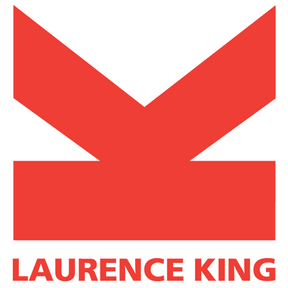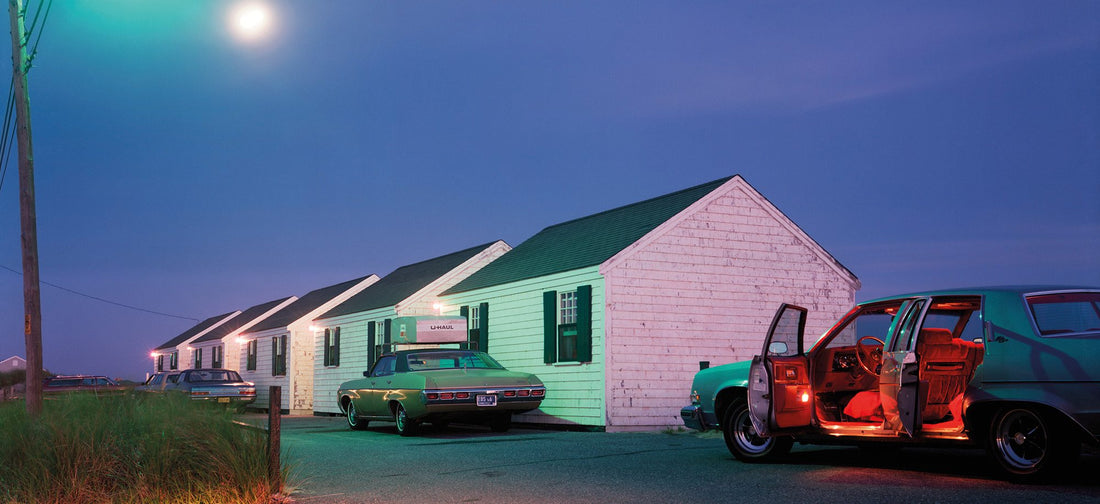Divided into two parts – Classical and Jazz – Where I Find Myself is Joel Meyerowitz's first major single book retrospective. Bursting with inspirational images, in this excerpt he ponders the differences and similarities between the two constrasting approaches.
Cape Light
I learned that I had another photographic personality, one that was more contemplative – the jazzman making riffs on the street yielded to a slower, more classical way of seeing — and that added to my visual vocabulary new ideas of light, space and time.

Using an 8x10 view camera is a disorienting experience. When I put the dark cloth over my head and opened the shutter the first time there was the world, upside down and backwards, but rendered brilliantly on the fine-lined ground glass of the camera back. All that I had learned about timing and movement, instantaneous reactions and sprinting into the right place at the right time were stopped cold by this big wooden and leather box on long tripod legs. Perhaps I shouldn’t say ‘cold’ because the spirit that I worked with was hot! I was on fire with this new sense of stillness and quiet, and the surprising new feelings for nature and light and deep space that revealed themselves to me. Everything I had been questioning on the street about description and the overall field of a photograph was now thrillingly alive in that upside-down image.


I was surprised at how quickly I oriented myself to working that way. I had the good sense to take some of my favourite images by Eugène Atget and look at them upside down. That was a revelation. Try it with any artist who used a large-format camera and you’ll see how carefully they play the space and the edges, how they assess the weight and balance of the energies they feel the frame contains, and you’ll understand their impulses and playfulness with these forces. It’s not so much about composition as it is about presence, energy, scale and proportion. Taken together, these readings provided me with new considerations for how to respond to and organize what was showing itself to me. This was a new form of immediate and instinctive recognition that required, in the same moment as it appeared, an equally cool and mediated response. This was a method I instantly found beautiful and that suited the new me that I was becoming.


This interaction with one’s own evolution and the instrument one chooses to work with has often been part of an artist’s process of self-discovery. Think of Matisse cutting paper when he was old and bedridden, or Jackson Pollock discovering that he could dance with the liquidity of commercial paint, throwing loops of it onto the canvas, or, today, David Hockney drawing on an iPad, his fingertips acting as digital brushes – how elemental!
I am grateful that my experience has allowed me to work both as a street photographer and as a view camera photographer, and that I’m comfortable with both vocabularies. I speak two languages, classical and jazz. Street photography is jazz. The view camera, being so much slower, is more classical, more meditative, it has a different way of showing its content. You can be a jazz musician and play classically, and you can be a classical musician and love the immediacy and improvisation of jazz.

We all pass places that call out to us: the strange house on the way to work, the shadowed alley that evokes a mystery, a doorway that beckons you towards it or an unusual fold in the landscape. I passed this unexceptional place (above) every day for a month and it always caught my attention…and yet still I passed it by. Then, one day, I got it! Whenever something, even if it's the smallest thing in the largest space, signals to you, you must turn to it because your instinct at that moment is doing its finest work, fulfilling its essential function: to call us through all the noise and distractions of daily life that we should pay attention. I call this the 'Zen Bell', that tiniest tinkle, barely audible, yet distinct, and more compelling than anything else at that moment.

